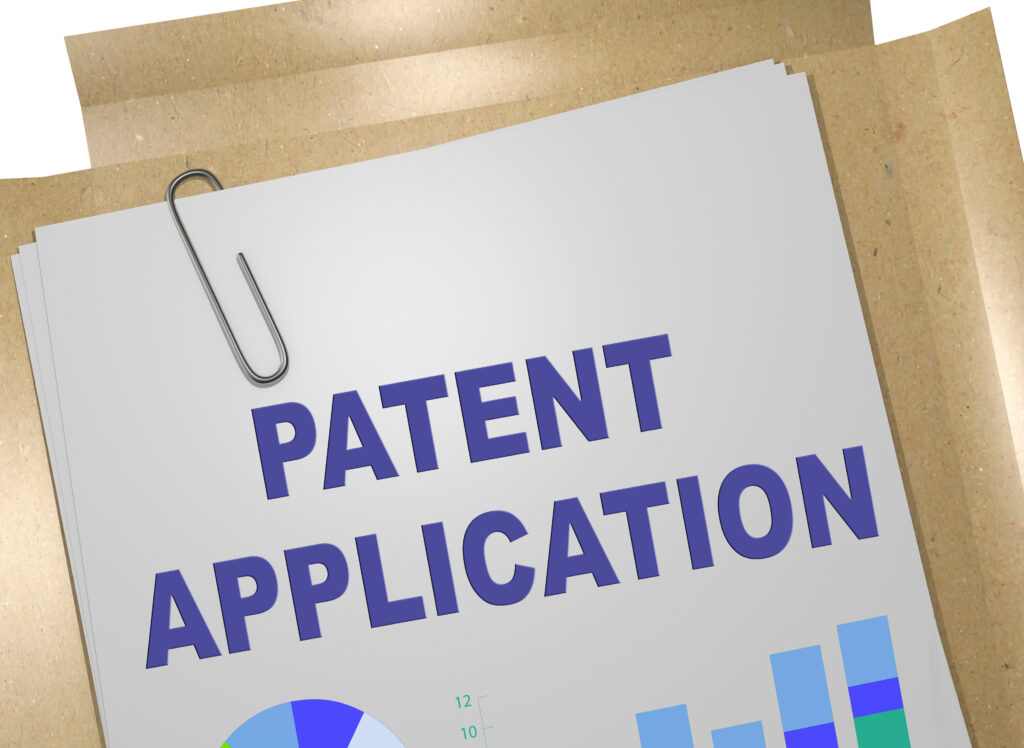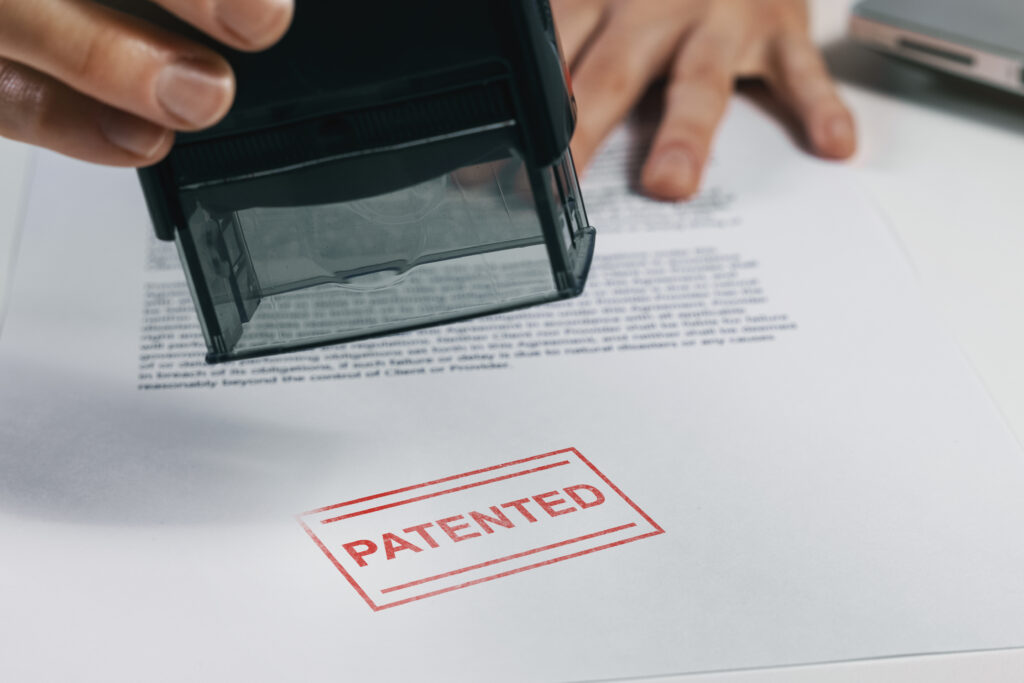PCT Patent Applications
By Affordable Patent Agency, LLC
- Home
- Services
- PCT Patent Applications
What is a PCT Patent Application?

Looking for a Trusted PCT Patent Applications Agency?
Call Affordable Patent Agency, LLC
The Advantages of a PCT Patent Application
An Overview of the Procedure

The PCT Application Filing Requirements
The ISR (Initial International Search Report)

Time Limits for Each Process Step
The Process Effects of Regional and National Phases
The Impact on Industrial Application and Intellectual Property Rights

Getting Ready to File a PCT Application
Applicants should conduct comprehensive research before initiating the PCT application process. This includes searching for existing patents that may be similar to their innovation. Understanding the prior art is crucial as it helps determine the patentability of your invention. All published information before filing for a patent constitutes prior art. This step ensures that your innovation is novel and inventive, which are fundamental requirements for patent protection.
- Precise Application: Once you’ve assessed the patentability of your invention, it’s essential to prepare the patent application meticulously. This involves adhering to specific standards, especially those relevant to significant economies where you seek protection. Most countries have strict requirements for patent applications, including detailed descriptions and, if necessary, accompanying drawings or diagrams. Ensuring that your application meets these standards from the outset is crucial to its acceptance on formal grounds.
- Consider an Expert: The PCT application process can be complex, and successfully navigating it requires a deep understanding of patent laws, regulations, and procedures. To simplify the process and improve the quality of your application, consider hiring a patent attorney or agent with expertise in PCT applications. Our patent experts can provide valuable guidance throughout the process, ensuring your application is well-prepared and complies with all requirements.
- Local Representation: During the national phase of the PCT process, which comes after the international phase, most countries require applicants to have a local representative. This local representative acts on your behalf and manages all communication with the national patent office. Having a representative familiar with each country’s specific regulations and procedures can significantly streamline the process and increase the likelihood of success.
- Affordable Patent Agency: While hiring a patent attorney or agent comes with associated costs, it’s often a worthwhile investment. Additionally, there are affordable patent agencies that specialize in patent-related services. These experts have prior experience conducting patent searches, formulating patent applications, and addressing any issues that may arise during the prosecution of your application. They can also offer essential guidance on the patentability of your invention and assist in drafting claims that provide comprehensive protection.
In summary, thorough preparation is critical to a successful PCT application. It involves researching existing patents, preparing a precise application that meets the standards of significant economies, considering expert guidance, arranging for local representation, and potentially engaging an affordable patent agency. These steps collectively enhance your chances of obtaining robust patent protection for your innovation in multiple countries.
Choosing the Countries to Include in Your Application
When deciding which nations to include in your PCT (Patent Cooperation Treaty) application, consider these key factors:
- Market Potential: Identify countries where your invention is in demand or offers licensing opportunities. Prioritize those with promising markets.
- Legal and Economic Stability: Evaluate countries for strong intellectual property protection, effective patent enforcement, and economic stability to ensure adequate patent safeguarding.
- Cost and Time: Be mindful of varying filing fees, translation requirements, and maintenance costs in different nations. Align your budget with patenting expenses.
- International Filing Dates: Know the deadlines for filing in non-PCT member nations while claiming priority from your PCT application to protect your innovation in vital markets.
Making informed decisions is possible by considering these factors so you can maximize the protection of your invention in your PCT application.
Different Countries' National Phase Entry Requirements
- Choosing an attorney with a network of connections with local licensed attorneys in the target country.
- Handling documentation.
- Paying official fees.
- Potentially translate the patent application into the local language, following the country’s patent laws.
The process generally involves translating the application, hiring local representation, and fulfilling additional country-specific requirements. Understanding and complying with these rules is essential for success. Professional patent attorneys familiar with this process can help navigate it swiftly and effectively.
Patent Search
A patent search determines if an invention is unique before filing for a patent. It involves searching existing patents and academic literature to see if a similar invention exists. Find out how we can help you with patent search here.
Frequently Asked Questions
1. What is the advantage of filing a PCT patent application instead of individual applications in multiple countries?
2. How long do I have to enter the national phase after filing a PCT application?
The deadline for entering the national phase varies by country. In most countries, applicants have 30 months from the priority date (the date of the first application) to enter the national phase. However, some countries, like the United States and Japan, offer a 31-month extension. It’s crucial to check the specific deadline for each country you’re interested in to ensure timely entry.
3. When filing a PCT application, do I need a patent attorney or agent?
While not mandatory, hiring a patent attorney or agent with expertise in PCT applications can be highly beneficial. They can assist in conducting thorough patent searches, preparing detailed patent applications that meet the standards of major economies, and navigating the complex national phase entry requirements. Their guidance can significantly increase your chances of obtaining comprehensive patent protection in various countries, making the investment in their services worthwhile.
Choose the Affordable Patent Agency
Affordable Patent Agency, LLC
4131 N. Central Expressway, Suite 900, Dallas, TX 75204
(855) 444-1946
Our Services
Looking to Patent your Inventions & Innovations?
Choose Affordable Patent Agency for all your patent needs & applications.
Resources
Contact Details
- (855) 444-1946
- info.affordablepatent@gmail.com
- 4131 N. Central Expressway, Suite 900, Dallas, TX 75204
- 400 Washington Avenue, St. Louis, MO 63102
- Greenway/Upper Kirby, 24 Greenway Plaza, Suite 1800, Houston, Texas 77046
- 10201 S Padre Island Dr Suite 102, Corpus Christi, TX 78418

